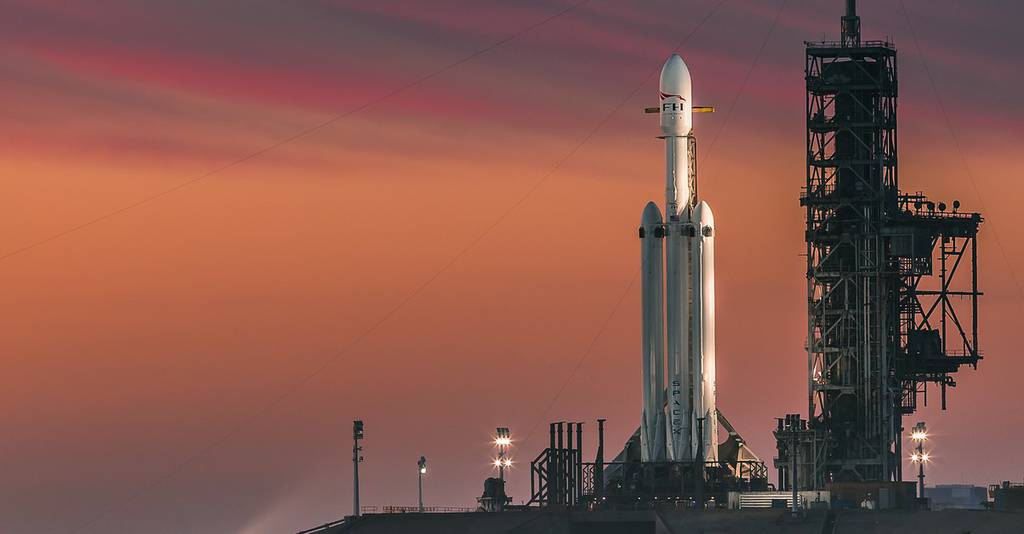WASHINGTON — The U.S. Space Force’s Rapid Capabilities Office will launch its first three satellite payloads this weekend, five years after the organization was created to quickly develop and field high-priority space systems.
The three payloads are operational prototypes — two will provide “enhanced situational awareness,” and the third will test a secure space-to-ground communications capability, according to a Space Force news release.
Space RCO spokesman Matthew Fetrow confirmed to C4ISRNET that the payloads, which are part of the Space Force’s USSF-67 mission, are the office’s first projects to take flight.
Congress established the Space RCO in fiscal 2018 as part of a push to speed up space acquisition, particularly for critical capabilities. The office, which received its first projects in 2019, aims to field systems within five years of inception.
USSF-67 is slated to launch from the Kennedy Space Center in Florida on the evening of Jan. 14, flying on a SpaceX Falcon Heavy rocket. This will mark the rocket’s second military launch, which is part of the National Security Space Launch program.
The Falcon Heavy’s first mission, USSF-44, flew in November. Following the launch, the company — owned by billionaire Elon Musk — recovered the rocket’s two side boosters, which provide the thrust needed to carry it beyond Earth’s atmosphere. The USSF-67 launch will reuse those boosters this weekend, and SpaceX will again attempt to recover them.
Maj. Gen. Stephen Purdy, the Space Force’s program executive officer for space, said in a statement that while the mission is “complex,” the service has worked closely with SpaceX “to ensure all boxes are checked.”
Along with the Space RCO payloads, the mission will feature the Space Force’s Continuous Broadcast Augmenting Satellite Communications-2 satellite and two payloads from Space Systems Command.
According to the command, CBAS-2 will augment existing satellite communications systems and provide data relay capabilities for senior military leaders and combatant commanders. Space-based relay links will enable the satellite’s continuous broadcasting feature.
The mission will also include a Long Duration Propulsive ESPA ring, LPDE-3A, which allows the service to integrate multiple, diverse payloads on a single mission. The Space RCO and Space Systems Command payloads will be integrated on LDPE-3A, built by American firm Northrop Grumman.
Courtney Albon is C4ISRNET’s space and emerging technology reporter. She has covered the U.S. military since 2012, with a focus on the Air Force and Space Force. She has reported on some of the Defense Department’s most significant acquisition, budget and policy challenges.








